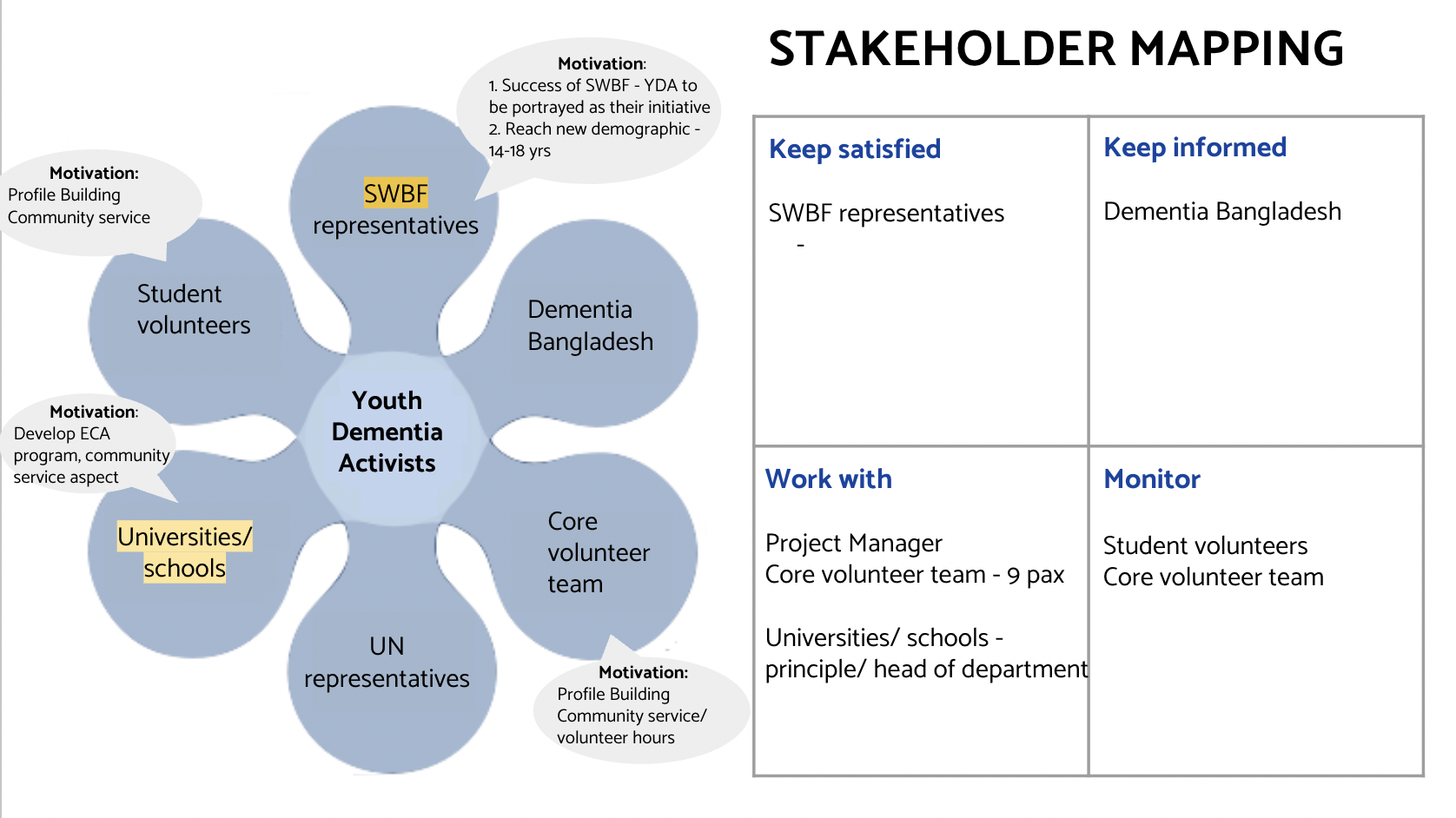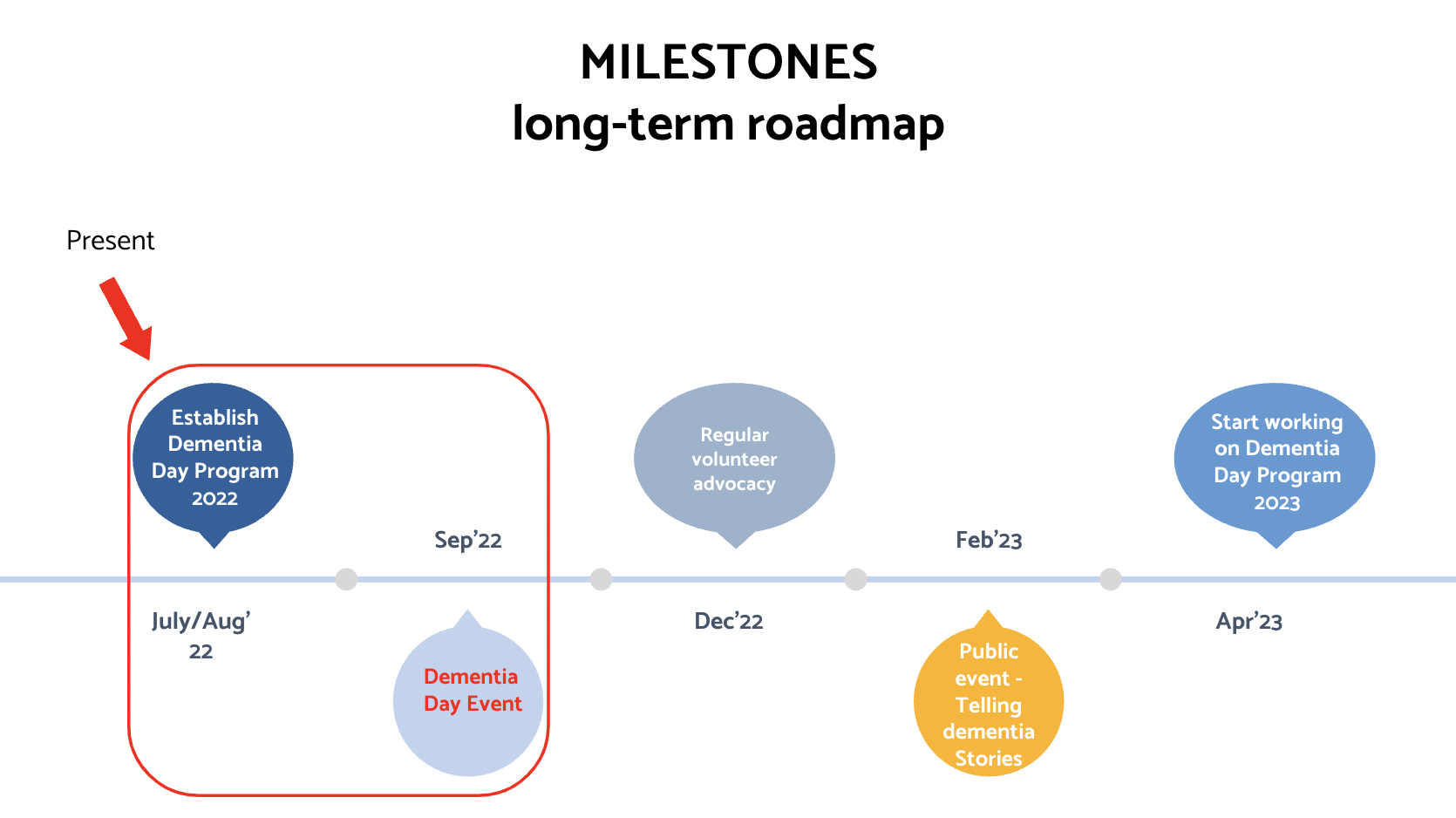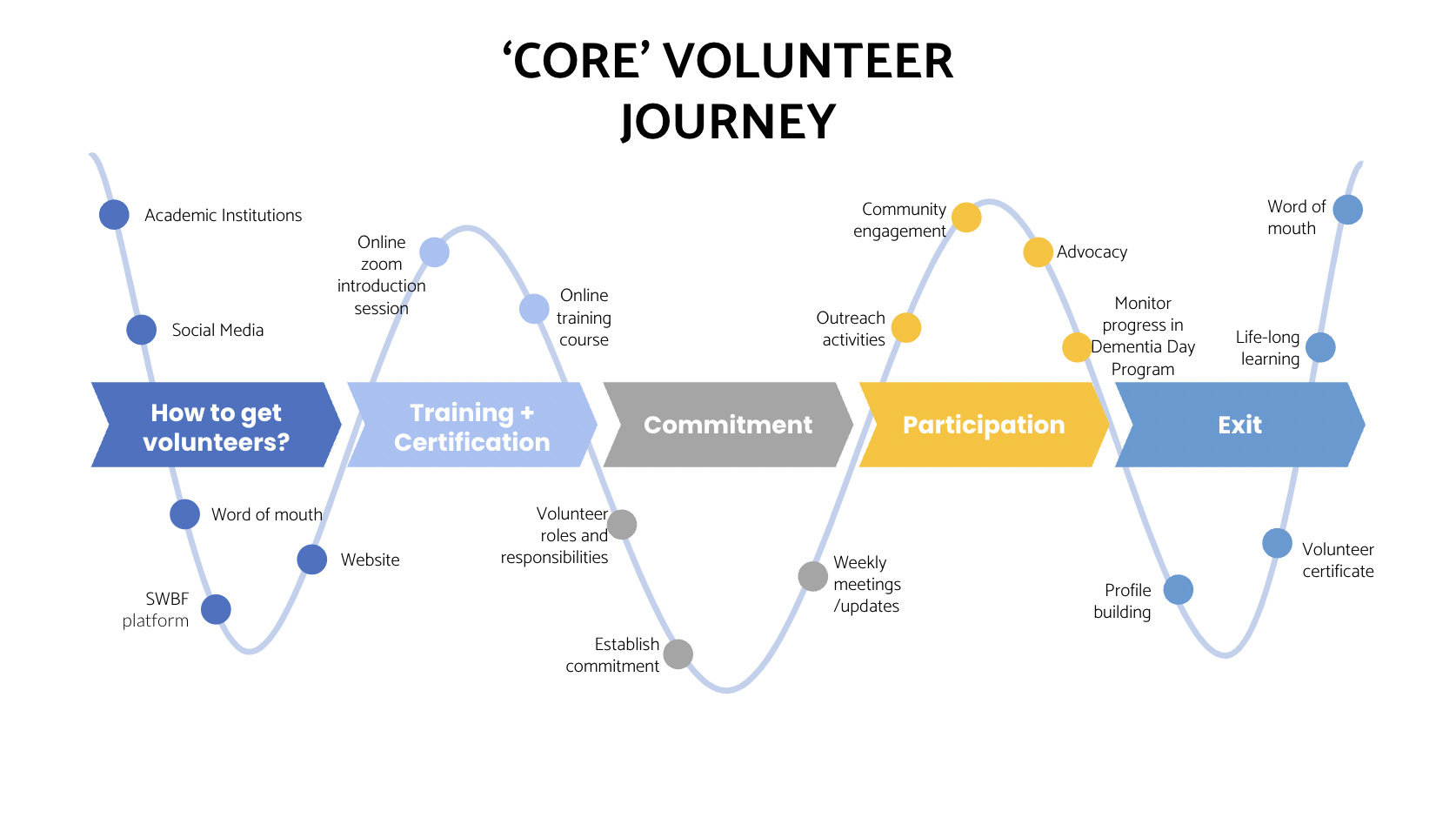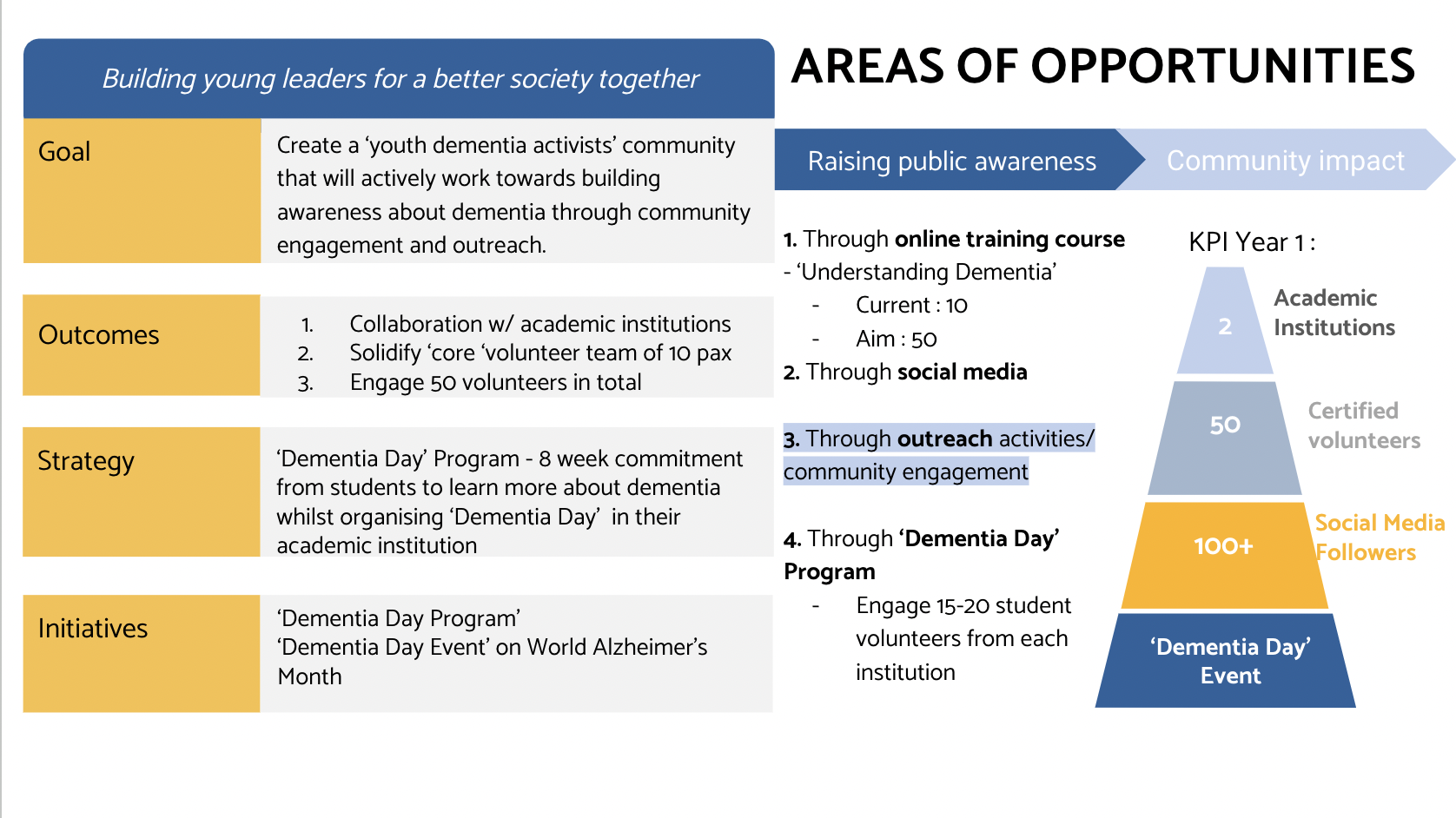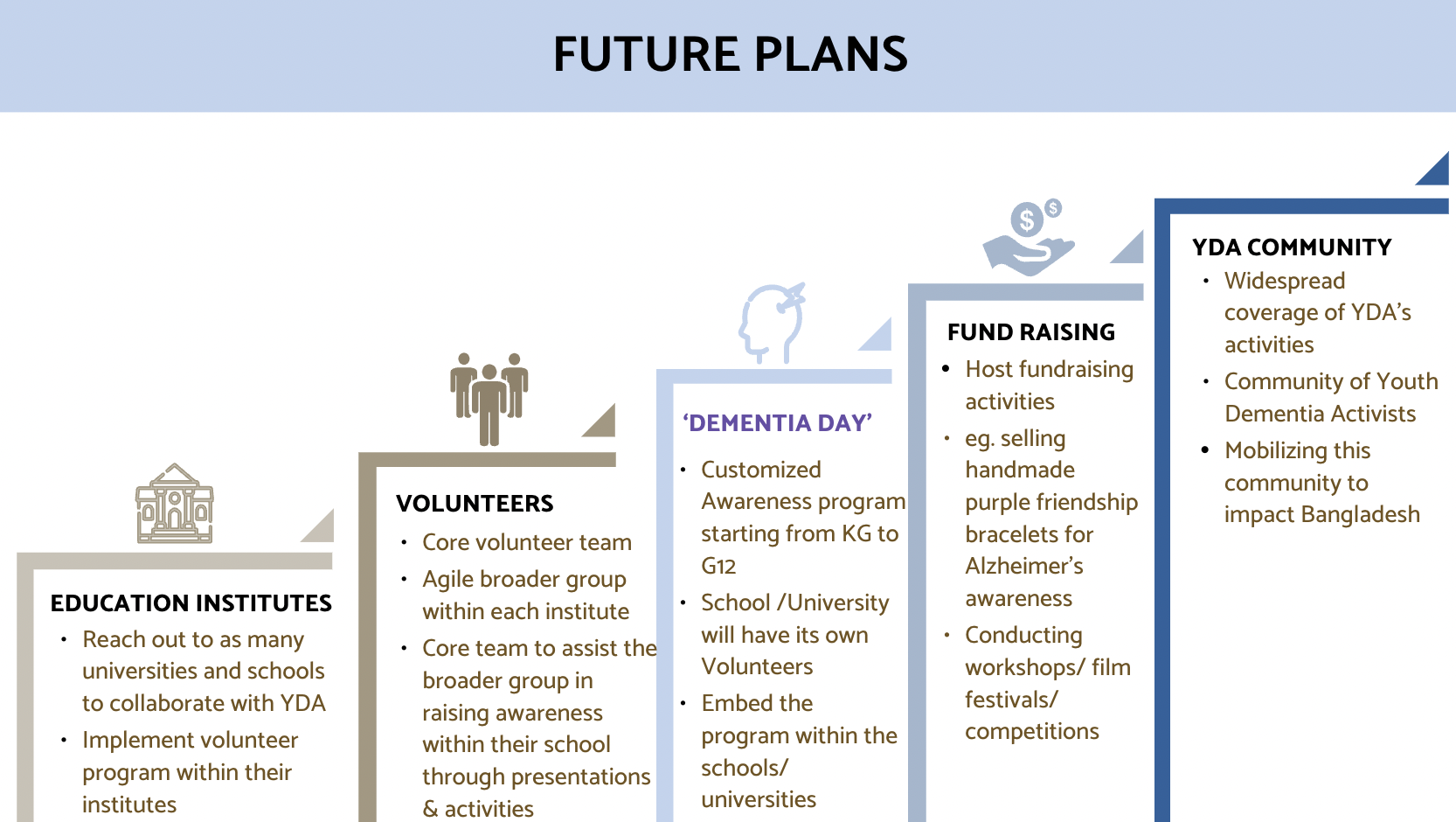I bet you all read the title of this blog and thought to yourself “aha, here comes the good stuff!” I’ll admit, “design thinking for social innovation” is certainly a buzzword (or buzz-phrase) that is very attractive to young entrepreneurs like you and me. But while most articles will give you a business-minded strategy to use design thinking for social innovation, I want to open this concept up for amateurs who have no idea what design thinking is, and for those who are not currently sitting on the board of a huge company. This is for you, a college student, aspiring to start up an initiative of your own, no matter how big or small, in order to generate impact that is both tangible and visible. So, how does one begin?
In 2020, Barack Obama had said in an interview “America will continue to fall short in the change that Americans seek, if we only address symptoms and ignore the underlying causes of social problems” This, to me, sums up the need for design thinking to be used as a framework for addressing social issues.
Now you might be wondering, what really is design thinking beyond just using fancy highlighters and putting up a bunch of sticky notes in an aesthetically-pleasing manner?
Design thinking is a human-centered approach that is based on a set of principles, specifically empathy, creativity and collaboration, to develop sustainable and innovative solutions to complex social problems. Now, let’s unpack that a little.
First of all, design thinking arises from the recognition that social issues are inherently complex in nature, whether that is something as simple as “homelessness” or as broad as “brain health”. Beyond just addressing root cases, we must also look at the compounding factors that are often interconnected in order to deepen our understanding of the problem. This type of critical examination also helps us define the problem at hand.
Secondly, by leveraging the principles of design thinking (empathy, creativity and collaboration), it is important to focus on the experiences and the needs of the people you are trying to impact. Ask yourself, who are you designing for? By shifting the focus from our wants to someone else’s needs, we can develop much more sustainable solutions that don’t just look good on paper, but also in real life.
Applying Design Thinking in Practice
To apply design thinking in practice, we must first change our mindset when it comes to social innovation. Instead of charting out our roadmap to social impact with the question “what ought to be?”, we should ask instead “what can be?” and “how might we?” In this way, we are not thinking about solutions from the get-go, but mapping out a list of opportunities first. This is because design thinking is an iterative process. We embody the “fail fast, fail forward” mindset, which essentially means we are learning as we go, understanding what works and what doesn’t, and using these lessons to refine our ideas.
The key is to never get attached to a single idea because at the end of the day, your goal should not be to make your current idea successful, but to generate a successful idea.
Let me now share with you my design thinking journey that enabled me to create ‘Youth Dementia Activists’ – a volunteer program that I founded in partnership with Sir William Beveridge Foundation in 2023.
LOOKING
The first step to human-centered design thinking is the observation of human experiences, and this is where my journey begins.
Having grown up with my grandmother in Bangladesh, I’d realized that the true villains in our story were not amyloid or tau proteins, but plaques of ignorance. Ignorance never looks the same on everyone. For my dad, it looked like false hope; repeating my name to her over and over again thinking it was possible for someone with Alzheimer’s to remember. And then there was the ignorance of a grandchild towards their grandparent – the worst of all – the lack of acknowledgement let alone conversation. In the era of technology, distractions and crumbling family structures, a diagnosis of
dementia only widened the chasm between the youth and the elderly.
UNDERSTANDING
The second step to human-centered design thinking is understanding the landscape and mapping out the path to tackle the problem at hand. What can we do and how might we do it? Sometimes, observations alone aren’t enough to build empathy and you must not only see, but also feel what it’s like to live in someone else’s world. Walk-a-mile immersion is a crucial tool to understanding the ecosystems around us.
Thus, through weekly befriending sessions with the elderly at Apex Harmony Lodge, I was able to experience their joys and conflicts in order to better understand their needs. Comparing the dementia landscape in Singapore to the one I grew up in, I could now define a previously ill-defined problem into a simple phrase: lack of knowledge and empathy for dementia in Bangladesh
MAKING
The final step to human-centered design thinking is reflecting on your lessons from looking and understanding to ultimately design the product you envisioned. The core principle is focusing on the main users and asking yourself, who am I designing for?
Thus through stakeholder mapping and summarizing each individual’s mindset, I drafted the long-term roadmap for ‘Youth Dementia Activists’ through the principles of empathy, creativity and collaboration.

